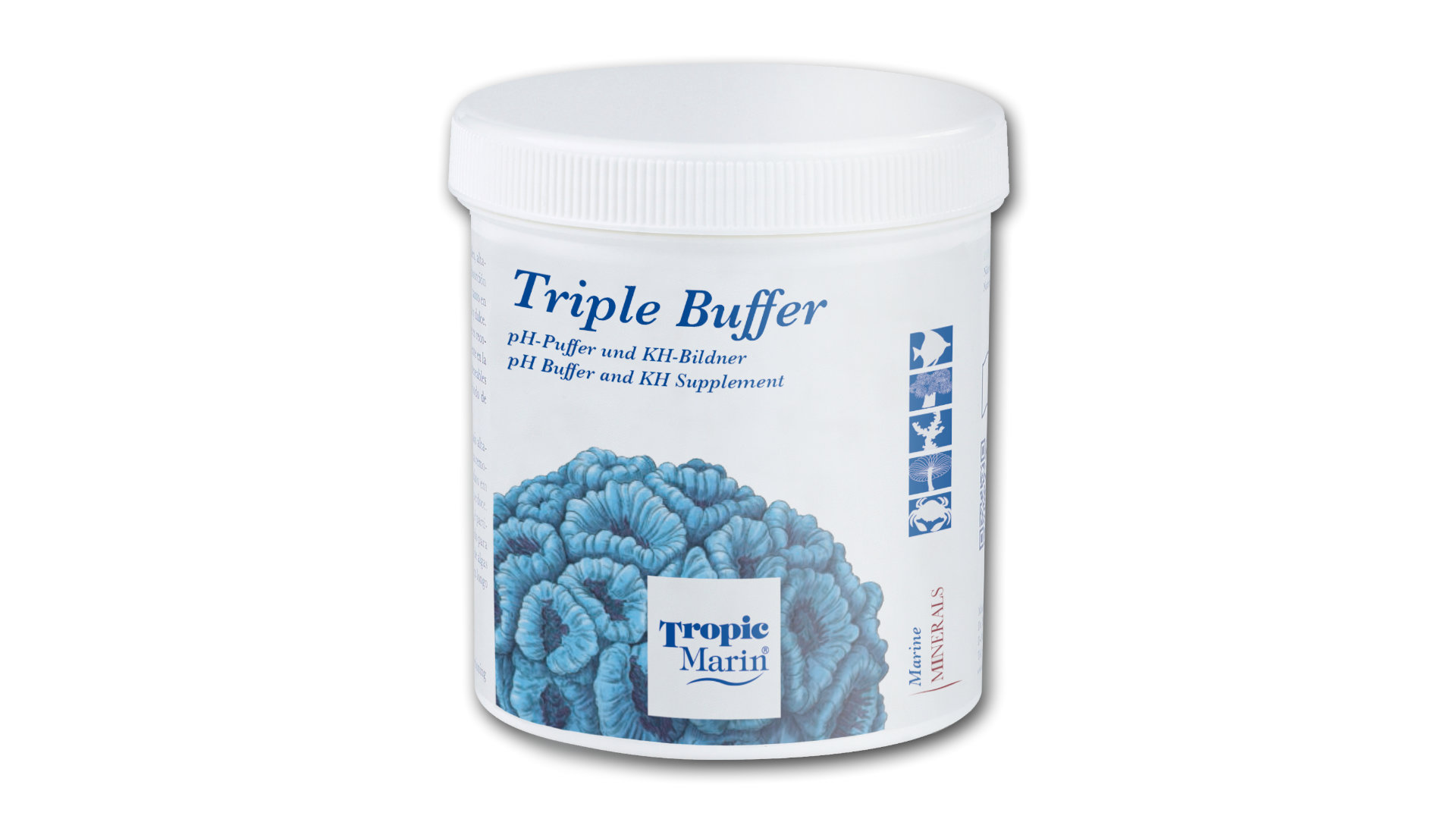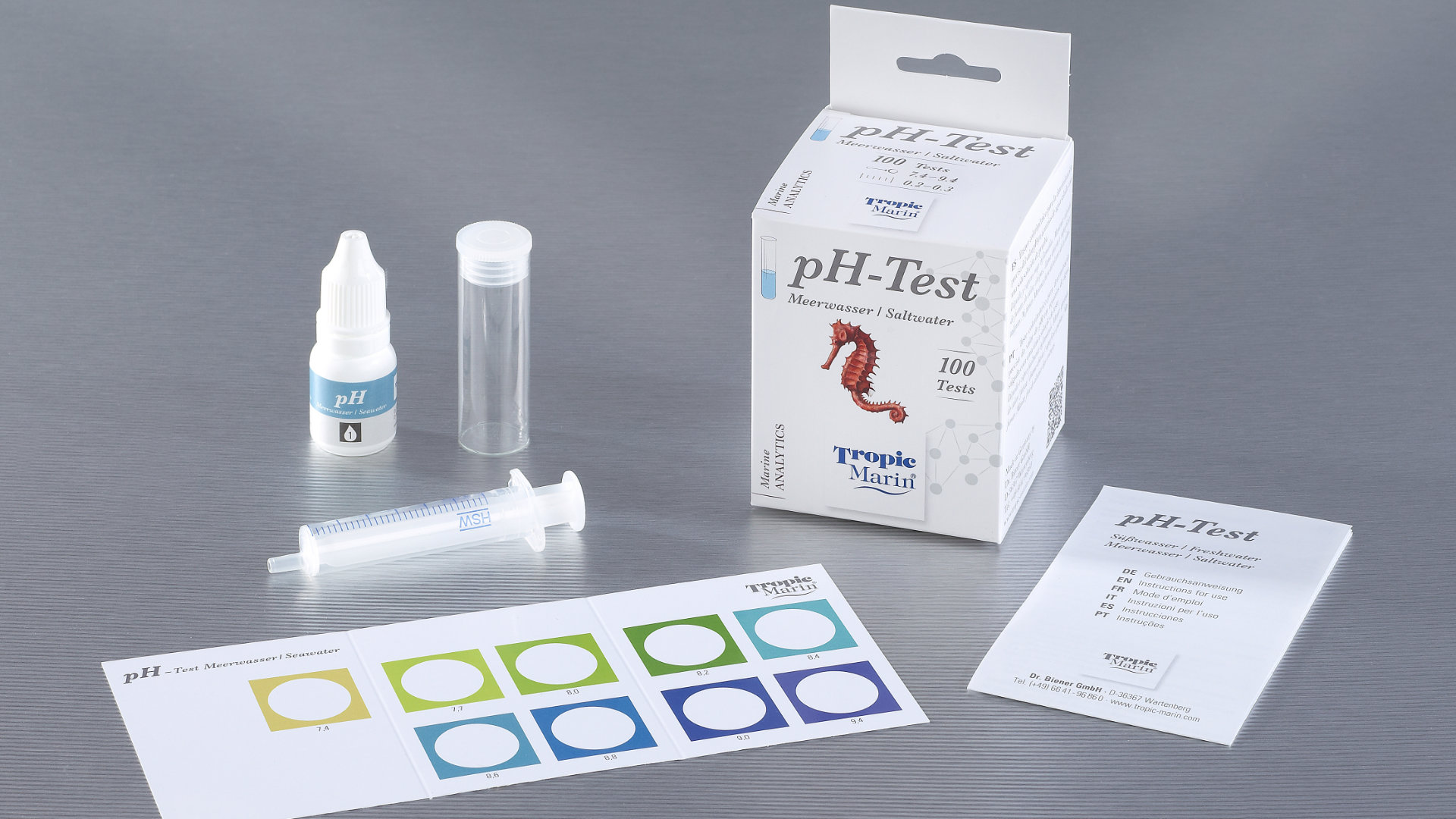What is pH, and why is the "H" always capitalized?

What is pH and why is the H always capitalized? This seems like a simple question, and it is, but the real answer is hard to explain without spending a few hours in a chemistry lab. In simple terms, pH is the measure of how acidic, or basic something is. What “pH” actually stands for is the “power of hydrogen.” The “p” is an abbreviation for “potenz” which is the German word for power. The “H” is the chemical symbol for Hydrogen. The abbreviation also works in French as their word for power is “pouvoir.”
Why “power of hydrogen”? Whoa, easy there. Now is when the chemistry class starts, we'll keep it short, and if you don't really care, skip this paragraph. The value we give as pH is actually something called “The negative logarithm of hydrogen ion concentration.” If we wildly oversimplify this, what makes any liquid either acidic or basic is based on the concentration of hydrogen ions [H+]. We utilize the negative because it makes the calculation required to come up with pH result in a positive number, which is easier to comprehend and graph. We use a logarithm because we are talking about hydrogen ions in numbers that are hard to visualize in scope, and using logarithms reduces these to a much more easily understandable scale.
Okay, you're back? Good, let's keep going. Is high pH a problem? Well, yes, but it is not very common; for our purposes here today, we will focus on the much more relevant issue of low pH.
Basically, as far as your aquarium goes, pH is a balance between carbon dioxide and alkalinity. Carbon dioxide forms carbonic acid, (an acid, just like its name) and alkalinity which is the measure of carbonates and bicarbonates in solution (which act as a base). The primary drivers of low pH are a drop in alkalinity through utilization (both by invertebrates and by the nitrogen cycle), and environmental reasons. Really, this sounds silly, but if the level of carbon dioxide in your home is high, it can drop the pH in your aquarium substantially; keep in mind that carbon dioxide levels in your home can easily be two and a half times higher than outside air, especially in a well-sealed home with a lot of inhabitants.
Why is it important to keep my pH around 8.0? Importantly, your pH doesn't have to be exactly 8.2, an acceptable range could be anywhere from 7.8 to 8.5. Many aquarists keep their displays thriving for years at an average of 7.8. It's more important that your pH is stable within this given range than it is to make sure it is exactly at any specific value. If your pH readings get below 7.6, there can be a variety of negative effects. Excessively low pH can inhibit the calcification of stony corals both in the wild and in captive aquatics. By this time, you've probably read about the acidification of the earth's oceans and the effect this has on coral reefs. The same idea applies to captive aquatics but is exacerbated by the fact that the aquarium doesn't have the benefit of an ocean's worth of dilution. Further, data from multiple studies indicate that many (but not all) corals will grow faster, and more densely in higher pH aquariums. Many compounds that are toxic to invertebrates in your aquarium are dependent on pH and if your pH stays high enough, the toxicity of these compounds is lessened or negated. There have been some studies that imply that the elevated pH that we prefer in our aquariums is beneficial to the immune system of the fish in the system as well.
Photosynthesis will play a role in your aquarium's pH because in that process, carbon dioxide gets taken up as the carbon gets harvested to make sugar. When you have less carbon dioxide in the system, there is less acid for the alkalinity to fight and the pH rises. When the lights go off, this sugar gets used and some carbon dioxide is formed (respiration) and the pH drops. If you take your aquarium's pH just before your lights go off, you will see its highest value of the day. If you measure the pH just before light comes on, you'll see its lowest pH value. Those of you with full time pH probes already have a graph of this. Don't worry overmuch about this swing, unless it is taking your aquarium out of the 7.8-8.4 range or is more than 0.2 or 0.3.

If you're a new hobbyist or you have few invertebrates, pH strips will be adequate to show you if you have any reason to worry, and honestly, if your aquarium is not overstocked, and you're doing consistent water changes with good quality salt like Tropic Marin, this test will be pretty boring; it's going to tell you the same thing over and over, and there isn't going to be a problem, (Yay!) and your pH should always fall within the ranges we're talking about. If you love technology or are starting to have enough corals so that alkalinity and calcium levels are starting to be impacted, you may want to invest in a probe to constantly monitor this.
Once you've started systematically measuring pH, and it turns out to be very low, or the swing from day to night is more than 0.3 / 0.4 you might want to think about taking some steps toward stabilizing it. The best ways to do this are the simplest. Adding an oxygen stone to your sump or overflow can help drive off excess carbon dioxide. When you take this step, be sure to keep monitoring your pH. If your home has elevated levels of C02, this will just force more carbon dioxide into the tank and can actually make your situation worse. If your home has natural levels of C02, this will increase your pH fairly noticeably. You can also do this on a timer, so that the oxygenation starts when your lights go off, and this will help stabilize the shift from night to day.
Another way to stabilize that day/night pH shift is by utilizing a refugium (see our article on refugiums). This is basically an algae garden that you plumb into your aquarium and run the lights for it when the lights of the tank are off. In this manner, the algae in the refugium are going through its photosynthesis / respiration cycle in timing opposite of the display and thus leveling out the pH fluctuations.
The third most common and fairly low-tech way to raise your pH is to give your aquarium access to outside air, forcing air that has a naturally low carbon dioxide level through your skimmer can have miraculous effects on your pH. For some this is as easy as opening a window, for others it may mean an air pump outside feeding your skimmer. For those of you who do not have access to this as a solution, most states allow people to buy bottled oxygen for non-medical use. Get a regulator / solenoid setup to allow you to “dose” your system with oxygen. Be careful with this as a methodology as it is possible to drive your pH too high doing it.

You can also get into dosing and reactors to make adjustments to your pH, but this is generally not how this technology is best utilized. Don't get us wrong, reactors and dosing both have an important place in reef keeping, but this isn't it, and that's another article. If you want to dose for pH alone, we recommend Tropic Marin's Triple Buffer Product which will also add a natural and usable source of alkalinity. Be sure to test alkalinity regularly when utilizing any dosing product. A better solution for everyone who doesn't have a very densely populated aquarium is more and / or bigger water changes. This will ensure that your aquarium has adequate alkalinity to combat the amount of carbon dioxide present, and should nearly always result in a more appropriate, more stable pH.
As with all things in marine aquariums, stability is vastly more important than any specific test value. If your aquarium is a consistent 7.8, don't break the bank trying to get it to 8.1 just because that's closer to “ideal.” Remember there are many pathways to success, and all of the good ones require some patience (and usually a bit of elbow grease). We hoped this helped you understand your pH a little better. Now head to your LFS, and brag about not having pH problems. Pick up some supplies while you're there and tell them Quality Marine sent you!